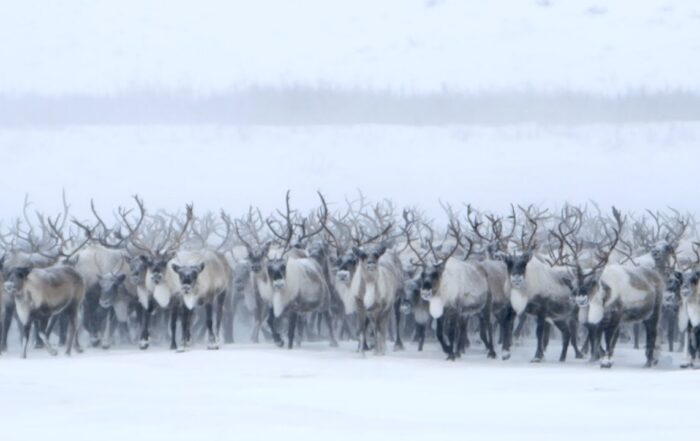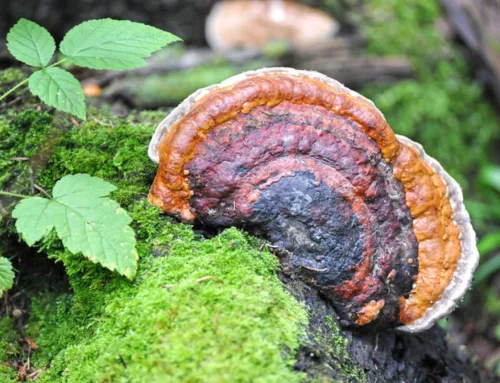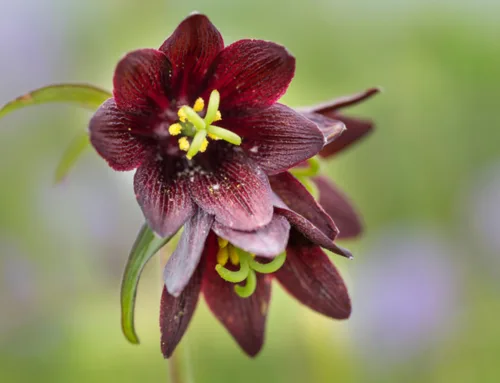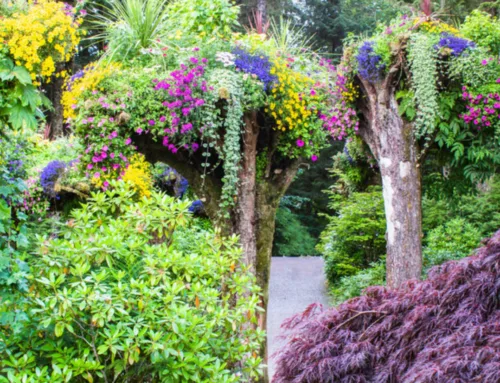The Arctic Emissary: Pasque Flowers of the Alaskan Tundra
In the heart of the Alaskan Tundra, where the frigid winds howled and the land lay covered in a thick blanket of snow for most of the year, the legend of the pasque flower took on a different flavor. Here, amidst the icy expanse, where ancient glaciers had once carved their mark, the pasque flower thrived. Its lavender bell-shaped sepals emerged like tiny beacons of life in the harsh, frozen wilderness. The locals, descendants of native Alaskan tribes, held their own stories about the pasque flower. They believed that these delicate blossoms were the tears of the Earth, shedding its sorrows for the challenges it had endured over centuries. They spoke of ancient spirits who watched over the tundra and tended to these resilient blooms.
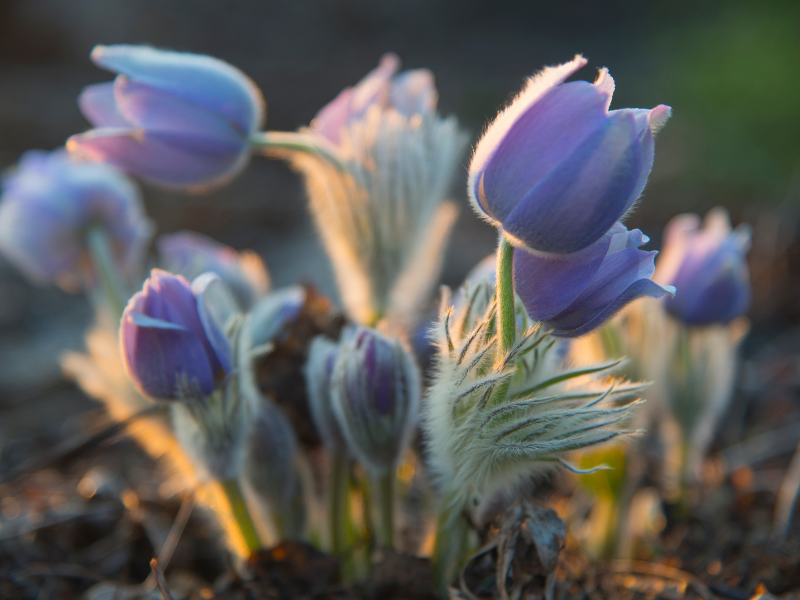
In this land of extremes, the pasque flower found its home, pushing its way through the frozen soil as soon as the first hints of warmth touched the land. It expresses nature’s ability to adapt and survive in the most unforgiving of conditions. As spring arrived in Alaska, the pasque flowers painted the tundra with their vibrant colors. It was a sight to behold as if the earth itself had awakened from a long slumber. The locals would gather around, sharing stories of the flower’s resilience and its connection to their ancestors. But the legend of the pasque flower extended far beyond the frozen tundra.
In Europe, the flower had its own tales to tell. The story of Roman and Danish blood soaking into the earth to give life to these blooms was a captivating one. It was a legend that spoke of ancient battles, the clash of empires, and the enduring power of nature to reclaim even the bloodiest of battlefields. In the meadows of Europe, where the pasque flower adorned old barrows and boundary banks, the legends intertwined with Christian symbolism. Here, the flower was seen as a symbol of rebirth, echoing the resurrection of Christ. Its purple hue was used to dye Easter eggs, and its name, derived from the Hebrew word for Easter, connected it to the holiest of Christian celebrations.
In the Rocky Mountains of North America, the native tribes held their own beliefs about the pasque flower. They considered it one of their sacred plants, singing songs of its beauty and resilience. In Greek mythology, the flower was said to have sprung from the tears of Aphrodite, the goddess of love, mourning the loss of her beloved. Beyond its symbolism and legends, the pasque flower held a practical side as well. It had medicinal properties that had been discovered over time. In Europe, it was used to treat asthma, skin diseases, and eye infections. Native Americans harnessed its power to induce abortions, and in more recent times, it found a place in homeopathic remedies for insomnia and anxiety. But amidst all the legends and medicinal uses, the pasque flower remains to thrive in the most unlikely of places. From the frozen tundra of Alaska to the ancient battlefields of Europe, it continues to bloom, reminding us of the beauty and resilience that can be found in even the harshest of environments.
Photos courtesy of Blue Planet, Natural History Museum and Biotundra

